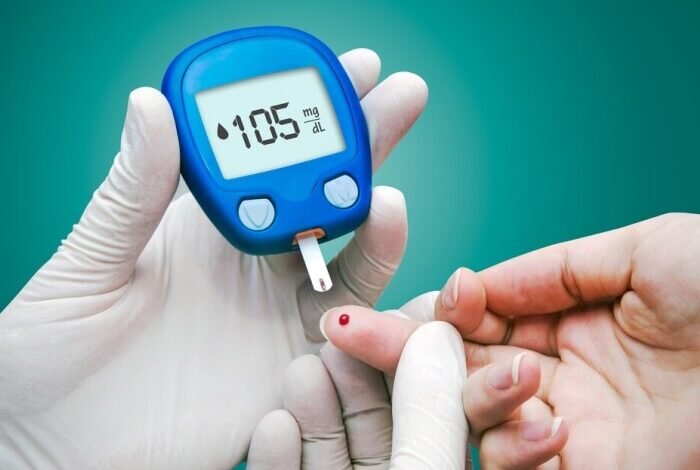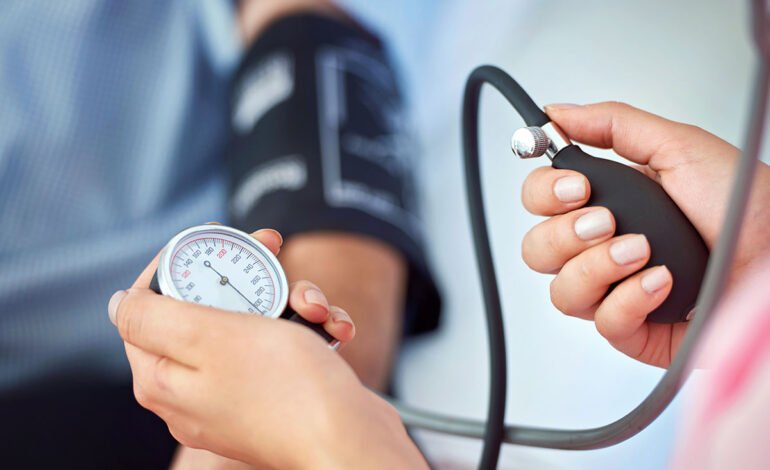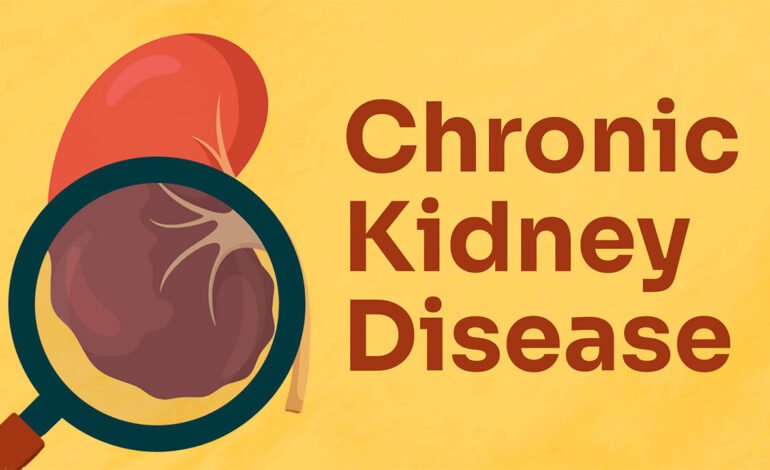
Types of Diabetes & Causes & preventive treatments
Diabetes is a chronic medical condition that occurs when the body is unable to properly regulate blood sugar (glucose) levels. Glucose is the primary source of energy for the body’s cells, and insulin, a hormone produced by the pancreas, helps regulate the amount of glucose in the bloodstream. There are two main types of diabetes: Type 1 and Type 2.
Type 1 Diabetes
What it is: Type 1 diabetes is an autoimmune condition where the body’s immune system mistakenly attacks and destroys the insulin-producing cells in the pancreas, known as beta cells. As a result, people with Type 1 diabetes do not produce insulin and must rely on external insulin injections or pumps to regulate their blood sugar.
Causes:
Genetic factors: Family history of diabetes can increase the risk.
Autoimmune response: The body’s immune system mistakenly attacks healthy cells.
Environmental factors: Viral infections or other triggers may also play a role.
Treatment (Daily Life):
Insulin therapy: People with Type 1 diabetes must take insulin regularly (via injections or a pump) to manage their blood sugar levels.
Carbohydrate counting: Monitoring the intake of carbohydrates and adjusting insulin doses accordingly.
Frequent blood sugar monitoring: Checking blood glucose levels multiple times a day.
Exercise and diet: Regular physical activity and eating a balanced diet rich in fiber, lean proteins, and healthy fats.
Stress management: Stress can raise blood sugar, so managing stress levels is important.
Type 2 Diabetes
What it is: Type 2 diabetes is more common than Type 1 and typically occurs when the body becomes resistant to insulin or when the pancreas does not produce enough insulin. As a result, blood glucose levels become elevated.
Causes:
Genetic factors: Family history can increase the risk, but lifestyle factors play a large role.
Obesity: Excess body fat, especially around the abdomen, increases the risk of developing insulin resistance.
Physical inactivity: Lack of exercise can contribute to the development of Type 2 diabetes.
Age: The risk increases with age, especially after 45.
Poor diet: Diets high in processed foods, sugars, and unhealthy fats can contribute to the development of Type 2 diabetes.
Treatment (Daily Life):
Lifestyle changes:
Healthy eating: Focus on a balanced diet that includes whole grains, vegetables, lean proteins, and healthy fats while avoiding sugary foods and processed foods.
Regular exercise: Engaging in physical activity (like walking, swimming, or cycling) for at least 30 minutes most days of the week helps the body use insulin more effectively.
Weight management: Maintaining a healthy weight helps improve insulin sensitivity and control blood sugar levels.
Medications: Oral medications or injectable medications may be prescribed to help manage blood sugar levels. In some cases, insulin injections may be needed.
Blood sugar monitoring: Regularly checking blood sugar levels is essential in managing Type 2 diabetes.
Stress reduction: Practicing relaxation techniques, such as deep breathing or mindfulness, can help lower blood sugar levels.
Sleep hygiene: Ensuring adequate and quality sleep is crucial for managing blood sugar levels.
Key Differences between Type 1 and Type 2 Diabetes
Cause: Type 1 is an autoimmune disease where the immune system attacks the pancreas, while Type 2 is usually caused by insulin resistance and lifestyle factors.
Age of onset: Type 1 diabetes often develops in childhood or adolescence, while Type 2 usually develops in adults, particularly after 45, but can occur at any age.
Treatment: Type 1 diabetes requires insulin for life, while Type 2 can often be managed with lifestyle changes, oral medications, or insulin.
Prevention of Type 2 Diabetes
While Type 1 diabetes cannot be prevented, Type 2 diabetes can often be prevented or delayed with lifestyle modifications:
Maintain a healthy weight
Exercise regularly
Eat a balanced, low-sugar diet
Avoid smoking
Regular health check-ups to monitor blood sugar levels
Conclusion
Both types of diabetes require lifelong management to keep blood sugar levels in check. Type 1 diabetes involves regular insulin injections and careful monitoring, while Type 2 diabetes can often be managed with lifestyle changes and medications. A healthy diet, regular physical activity, and consistent monitoring are key components of daily life for managing both types of diabetes.



